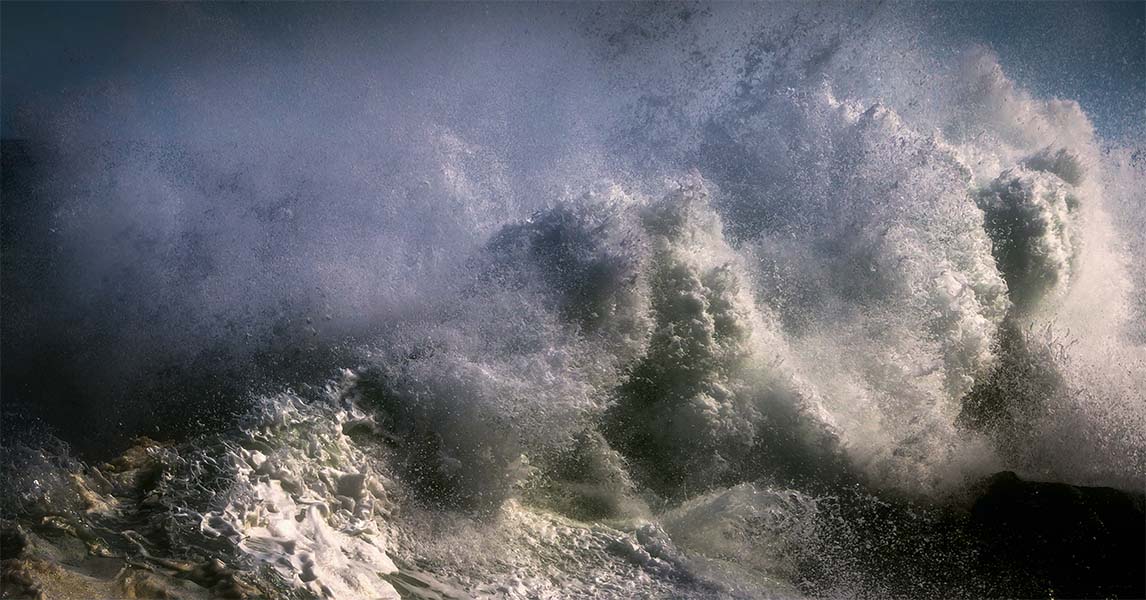My favorite road trip destinations involve seeking out lighthouses. It’s perfect for my partner and I. They love the water, and I love the reverence of seeing these unique architectural pieces of our history around the coastlines.
But lighthouse history is also a part of women’s history. While countless hard-working individuals devoted themselves to the solitary life of a light keeper- many were, unusually, women. Prior to modern automation, light keeping required intense, hands-on tending to keep important shipping channels safe. And strangely for the 1800s, it was a job title that both men and women were permitted to hold in equal measure.
If, that is, they were up for the task.
This was a monumental “loophole” during a time of vast inequality. At this point, women were rarely permitted to make an income without a husband. As lighthouse keepers, women were paid the same and even supervised men in these rigorous positions.
But the job wasn’t easy, which makes the history of the female lightkeeper only more fantastic to tell. Here’s a glimpse into the life of a female lightkeeper- and what it was like to tend some of our nation’s most critical and difficult structures.
Working and Living in the Light House
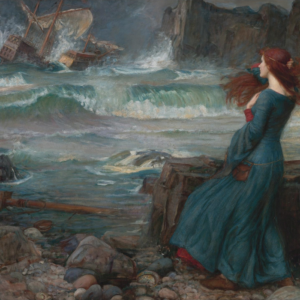 More than any other, the position of a light keeper is isolating.
More than any other, the position of a light keeper is isolating.
A lighthouse keeper was a 24/7 government employee. There was no “clocking out” at 5pm to head home to your family.
Your job- and your life- was the light.
Away from peers, away from civilization- nothing but the sea and winds and the light.
Light keeping positions were primarily held by men. When accompanied by wives, women found themselves sharing the responsibilities. They’d tend the lighthouse as they raised their family at the edge of the world.
In the early days of lighthouse construction, keeper lodgings were cramped and ill-suited for large families. Water spray was everywhere. This caused mold and damp to remain throughout every season. Lodgings attached to the lighthouse often reeked of smoke.
Daniel Waite, a keeper in the early 1800’s, remarked that his lighthouse:
“…consists of only two rooms about eleven feet square and a small entry, or passage, which leads to the lantern and to the cellar.”
Today, a break from technology seems like an introvert’s dream. Our modern romanticism of the solitary lives of lightkeepers would no doubt make any historic keeper laugh. The government couldn’t keep up with the constant repairs needed to maintain these buildings. The salt air, large waves, and impossible winds battered lighthouses- and their remote locations put them far from the minds of inspectors.
That meant a keeper’s job wasn’t just to keep the light on…but the lighthouse standing.
The Job of a Wickie
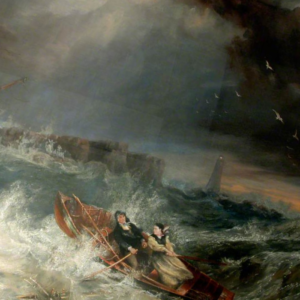 Many wickies (so-named for the important job of trimming the lighthouse lamp wicks) were required to maintain and care for the land surrounding their lighthouse just as much as the light itself.
Many wickies (so-named for the important job of trimming the lighthouse lamp wicks) were required to maintain and care for the land surrounding their lighthouse just as much as the light itself.
These keepers had gardens, farm animals, and fences to paint, clean, and repair despite the constant storms and salt deterioration.
Furthermore, lighthouse keepers were graded on the cleanliness of their lodgings. A wickie can be fired or demoted for an unclean lighthouse or keeper’s lodging. Imagine a pioneer lifestyle with government regulations to uphold. The romanticism of the job quickly falls flat.
The Lighthouse Family
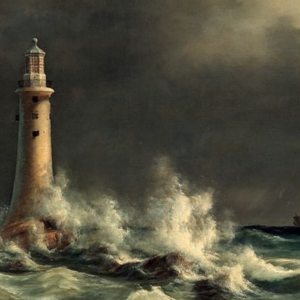 Men weren’t meeting the standards.
Men weren’t meeting the standards.
Initially, lighthouses were staffed by a small crew of unmarried men. However, the domestic upkeep of the lighthouse’s structure and living quarters wasn’t being done. So the government shifted its focus to hiring married men. Often, the wives were willing to contribute their unpaid labor to this unique and difficult occupation.
Keeper’s wives hold a place of reverence in their communities. They often kept watch over the lighthouse in shifts with their spouse, as well as overseeing the wellbeing and education of their children.
This shift changed light keeping into a family affair.
So how did women come to the official position of light keeper? At first, through tragedy. Should a wife become widowed while working in a lighthouse, she was the natural successor to her husband’s position in the eyes of the government.
What made this shift even more unique was it’s pay. This was a rarity for women during this time. For the first time in history, a “normal” working woman could hold a position equal to a man.
How Much Money Did Women Wickies Make?
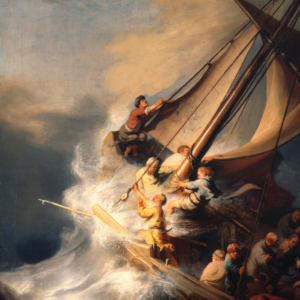 Reports of pay equity vary in recorded history. Some studies mention keeper’s wives receiving equal pay to their husbands. Others bring up the ever-present wealth disparity between men and women.
Reports of pay equity vary in recorded history. Some studies mention keeper’s wives receiving equal pay to their husbands. Others bring up the ever-present wealth disparity between men and women.
However, given the era and the jobs available to women during this time? Becoming a lightkeeper wasn’t so bad.
It’s a unique job, allowing a woman to be paid for both for the domestic work they knew and the career work they learned on-site. Women could apply for this job as a single individual, but widowers of existing keepers were first-pick in the hiring process.
Stephen Pleasonton, a lighthouse administrator in the 1800’s, wrote of widowed female lightkeepers:
“So necessary is it that the lights should be in the hands of experienced keepers, that I
have, in order to effect that object as far as possible, recommend, on the death of a
keeper, that his widow, if steady and respectable, should be appointed to succeed him.”
“Succession” happened regularly. Every lighthouse keeper, regardless of gender, was undertaking an occupation that came with many dangerous and unspoken responsibilities.
One of the most shocking job duties required of lightkeepers?
Rescuing shipwrecked sailors.
And one “wickie” woman would write her name in history for her bravery…
Ida Lewis: “The Bravest Woman in America”
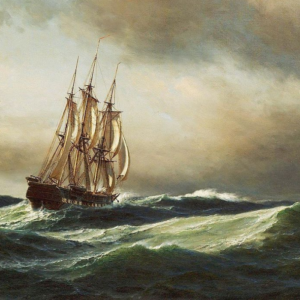 The most well-known female lighthouse keeper has to be Ida Lewis.
The most well-known female lighthouse keeper has to be Ida Lewis.
She’s regarded as a daring, professional, and bias-busting woman. Ida Lewis tended to the Lime Rock Light Station in Rhode Island during the late 1800’s. Her parents were the keepers before her while tending the light. This ‘family tradition’ Ida Lewis would uphold when she passed from a stroke after serving for almost 40 years.
Lewis recorded an astounding 18 lives saved during her service as head keeper of Lime Rock.
More extraordinary than saving a drowning sailor? The fact these are solo rescues in a small rowboat- without assistance. Ida Lewis was considered the strongest rower on Rhode Island, and could out-row any man in her field.
As her saves increased, so did her fame. Ida Lewis holds many awards, including “The Bravest Woman in America” from the Society of the American Cross of Honor. She was on the cover of magazines, inspired poetry, and became a national hero- all while manning her lighthouse.
Ida Lewis also holds credit with the most rescues of a single light keeper to this day- she received the highest possible recognition for it at the time. But the modest Ida Lewis never kept track of the lives she saved. To her- the saving of shipwrecked souls was just another day on the job.
Mabel Hatch Bretherton: Widowed in the Wind
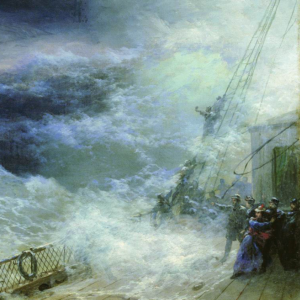 Daring rescues were not always possible for lighthouse keepers. Mabel Hatch Bretherton knew that better than most.
Daring rescues were not always possible for lighthouse keepers. Mabel Hatch Bretherton knew that better than most.
One of the first female lightkeepers on the West Coast, the widowed Mabel Bretherton became an assistant keeper of the Cape Blanco Lighthouse, located in Southern Oregon.
Impossible storms wreck havoc on the Oregon Coast. The Graveyard of the Pacific may not stretch as far south as Cape Blanco, but this section of the coastline has had its fair share of shipwrecks and deaths.
Living and working so close to the sea can spell disaster for a mother of three children under the age of ten. Bretherton cared for Cape Blanco and her children for two years…until disaster struck.
During a storm in 1903, Bretherton and her children witnessed the South Portland steamer vessel hit a reef and sink within an hour. There was nothing for the lightkeepers to do, lest they risk their own lives.
Twenty-one passengers aboard the vessel perished amongst the rocks, blanketed in thick fog.
After the tragedy, Bretherton and her children recieve transfer to the North Head Lighthouse in Washington. There, she only remains a lightkeeper until 1907.
She was not the only woman stationed at the rocky North Head Lighthouse…
Mary Pesonen: “I Will Try and Change and Do Better.”
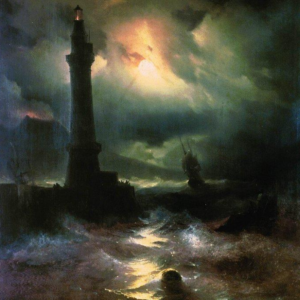 The North Head Lighthouse is one of the windiest locations in the entire United States.
The North Head Lighthouse is one of the windiest locations in the entire United States.
With sheer cliffs leading to the Pacific Ocean, it should be no surprise to hear people have fallen more than 100 feet to the water below- keepers and visitors alike.
Mary Pesonen was one of these unfortunate souls.
Speculation surrounds Pesonen’s death. An assistant keeper at North Head from 1890-1923, she lived and worked at the light alongside her husband, Alexander Pesonen. Together, the two received the efficiency flag for their lighthouse district, an honor belonging only to model stations.
But living more than thirty years in an isolated and windswept location is enough to wear on any individual, Mary Pesonen included. At the time, Pesonen sees a doctor in Portland, OR for her depression and anxiety. This takes place a year before she and her husband were set to retire from lightkeeping.
Isolation’s Mental Toll
Placed on medication, she returned to such a lonely place. Mary Pesonen wrote a letter her first night back at North Head, on a cool early June evening:
“I see where I have been wrong in a great many ways but please God I will try and change and do better…I’m even going to try and do without my medicine and just pray I’ll get better and better.”
She woke the following morning for her usual walk with the Pesonen’s family dog, Jerry.
She’s found hours later at the bottom of the cliffs by Alexander Pesonen and an assistant keeper.
Her body’s rescued before the tides arrive.
Mary Pesonen is one of many people who suffered from the isolating circumstances of light keeping. Whether her fall was accidental or self-inflicted is still unknown. However, there is no denying the dangers of lighthouses, both physical and mental.
Mental and emotional illness was a significant danger to light keepers. Some of these instances can be chalked up to mercury poisoning. But isolation and unfavorable work conditions no doubt exacerbate preexisting conditions.
Fannie May Salter: Always in Sight of the Light
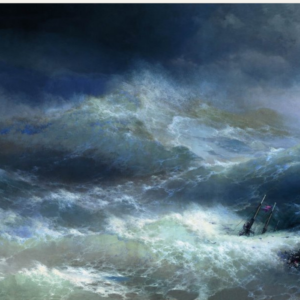 While most lighthouses have a history of both male and female lightkeepers, the Turkey Point Lighthouse in Maryland had female keepers for the majority of its operation- approximately 86 out of 114 years.
While most lighthouses have a history of both male and female lightkeepers, the Turkey Point Lighthouse in Maryland had female keepers for the majority of its operation- approximately 86 out of 114 years.
The final lighthouse keeper of the Turkey Point Lighthouse was Fannie Mae Salter.
Salter retired from lightkeeping after 22 years due to station automation- but managed to double her rate of pay by the end of her occupation. Records show Salter as the final female lighthouse keeper in the entire nation.
Salter loved the Turkey Point Lighthouse enough to move only 6 miles away after leaving her position. She could still see the light turning in the night. Salter was a captivated light keeper, and her career was the final point in a long-legacy of women who kept the light.
So here’s the the women wickies- and history’s
Noa Levitt

